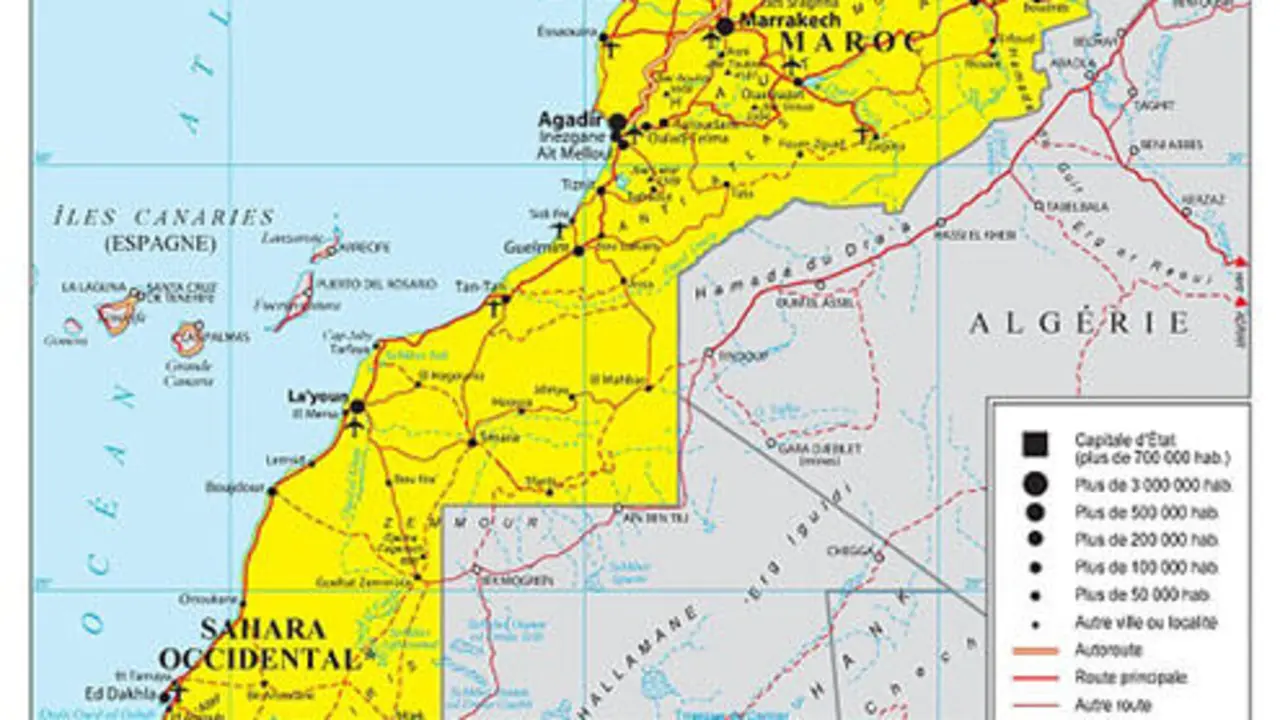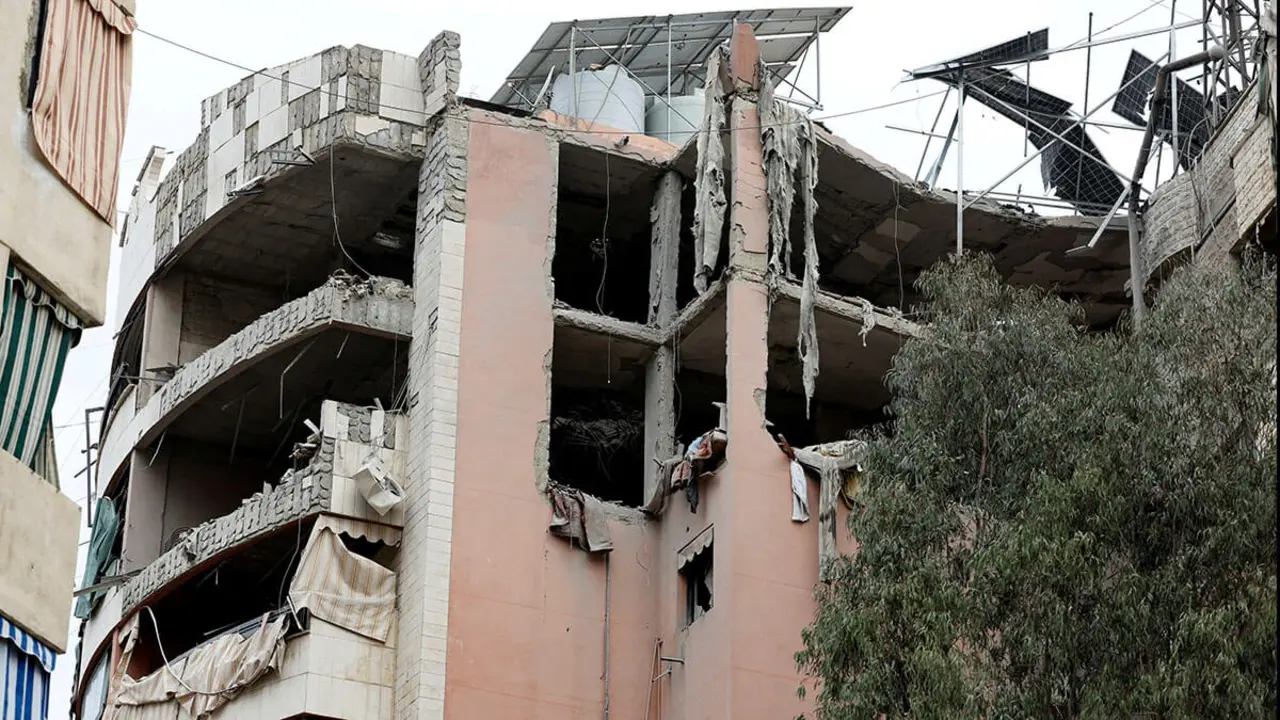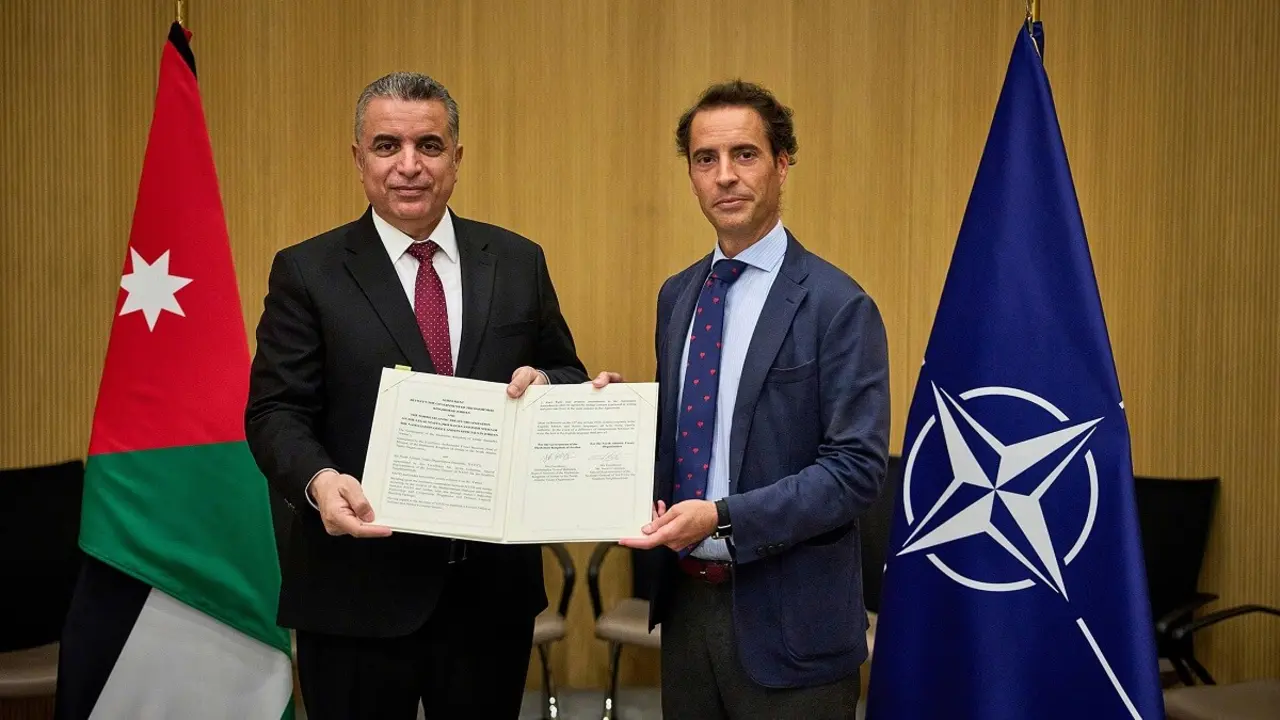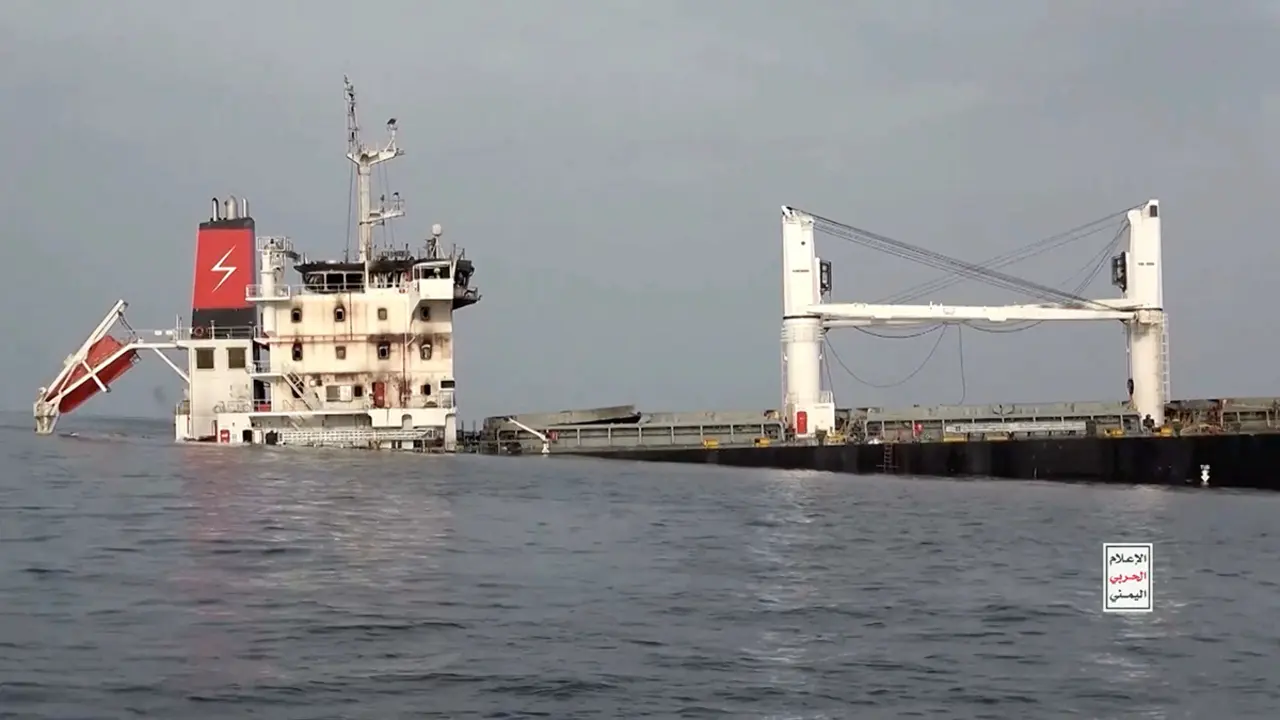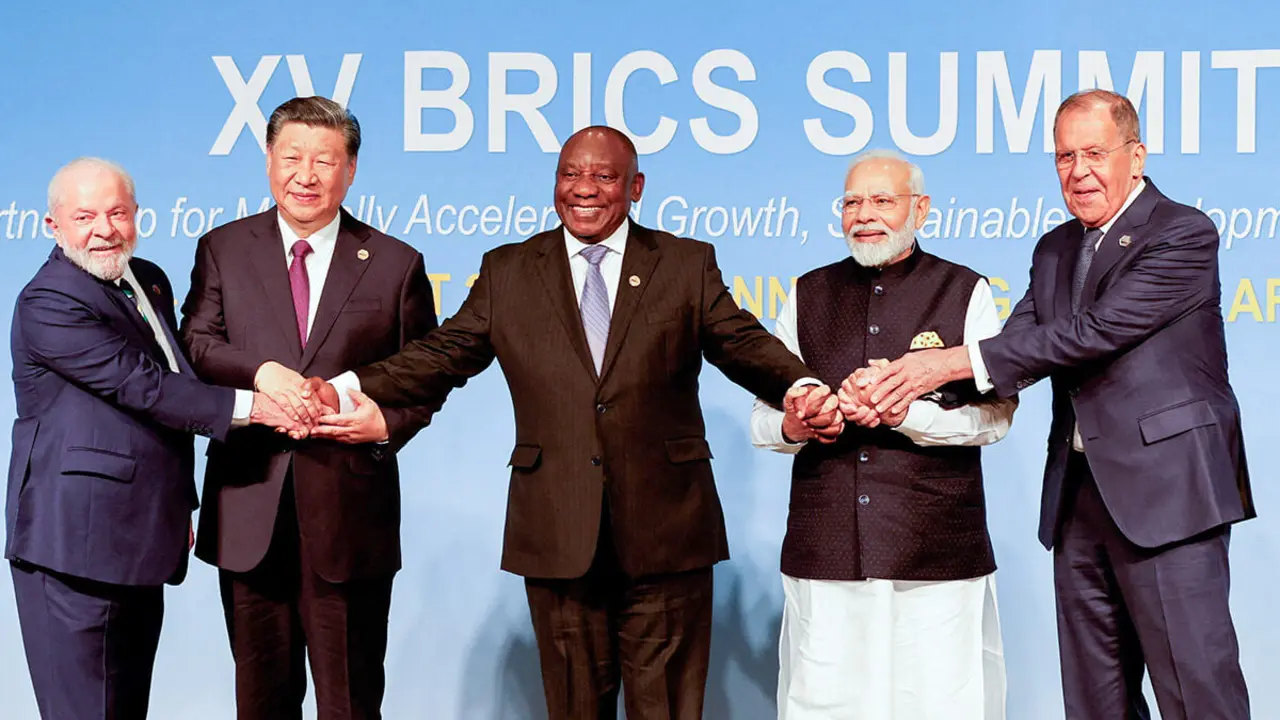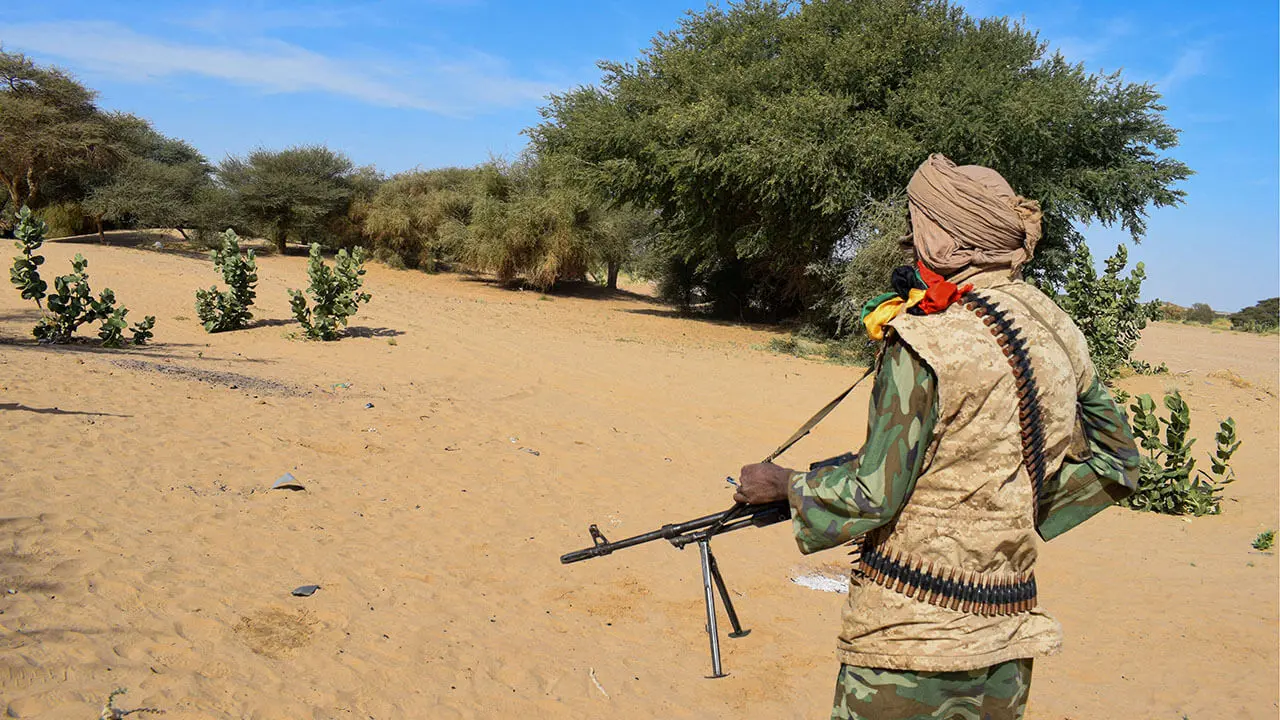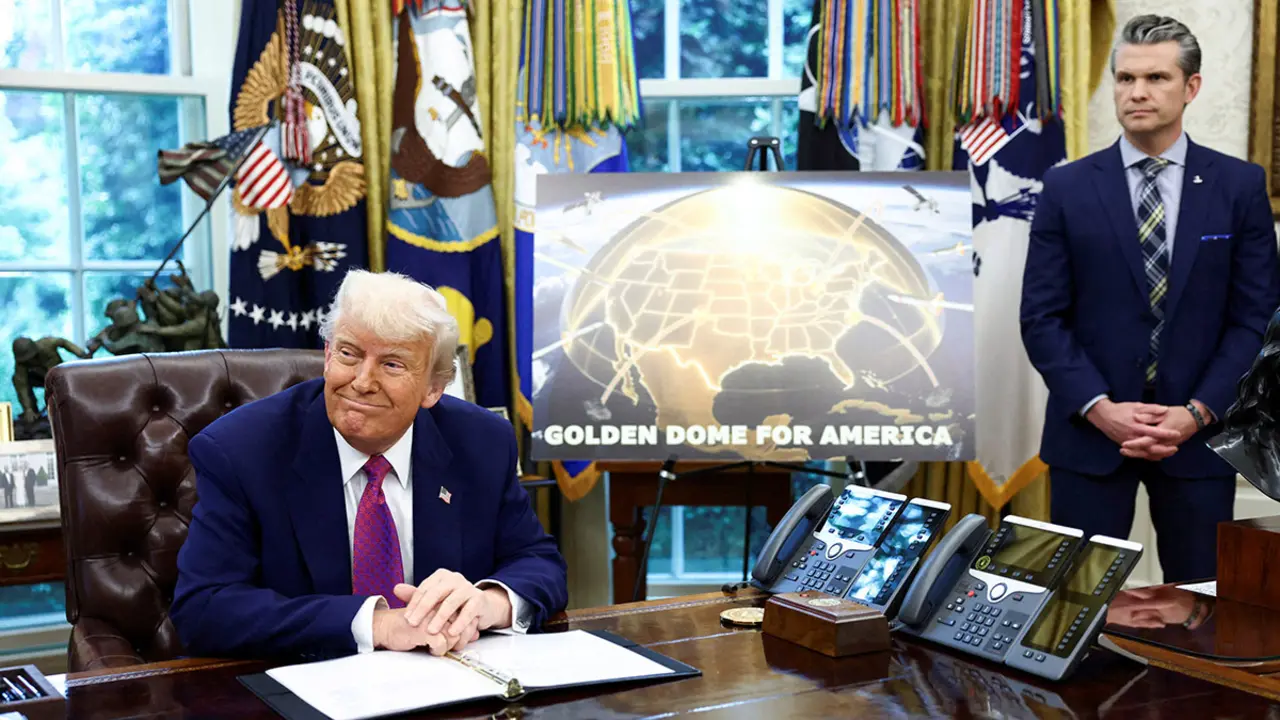What is Force Quds?

Its name was not well known in the West until on January 3, 2020 an American air strike killed its leader, Qassem Soleimani, along with the commander of the Iraqi People's Mobilization Forces (PMF) militia, Abu Mahdi al-Muhandis, and brought Washington and Tehran to the brink of conflict.
The Quds Force, whose name means 'Jerusalem' in Farsi and Arabic, a city its fighters promise to "liberate," is the powerful elite paramilitary arm of Iran's Islamic Revolutionary Guard Corps (IRGC), which is itself Iran's largest military organisation and is considered by the U.S. to be a terrorist group.
Born shortly after the Iranian Revolution (1978-1979), the supreme leader, Ayatollah Khomeini, faced with the lack of confidence in the Iranian army, decided to create a group that was completely under his control and command. The national army operates under orders from the central government, i.e. under the mandate of the president in office, but the IRGC's ability to act rests with the supreme leader, now Ayatollah Ali Khamenei.

Just as Iraqi leader Saddam Hussein used the Revolutionary Guard, Khamenei uses the IRGC to reinforce his will on the Iranian people and defend them from any external and internal danger.
This military body is made up of several subgroups, including the Quds Force, which is the "underground wing" that deals with operations abroad. Several attacks have been attributed to it, such as the attack on the Beirut barracks in 1983, which killed 241 American soldiers, 58 French soldiers and six Lebanese civilians. But these movements are not the usual ones, as they prefer to support and advise rather than be on the front line of battle. Their numbers are between 5,000 and 10,000 members, although their capacity to influence is much greater, since one of the main activities of this corps is the training of other combat forces in the countries of the region.

Through the Quds Force, Iran has been cultivating different Shiite militias in Iraq, Syria and Afghanistan; while supporting groups like Hezbollah in Lebanon and Hamas in Palestine.
It was in 1982 when it carried out its first activity as a military unit, getting involved in the civil war in Lebanon (1975-1990), after Israel's invasion of the country. In the foundational manifesto of the Lebanese terrorist group, the organisation swore loyalty to Ayatollah Khomeini, since both adopt the idea of the Umma, the Islamic community; and have the same objective, to establish a Shiite Islamic regime. The birth of the Lebanese militia has much to thank the Quds Force, as they not only received large amounts of money, but also training and sufficient arsenal to repel the Israeli invasion.

In the 1990s, the attention of Iranian forces was focused on the eastern border of the Republic and supported the Northern Alliance in Afghanistan against an emerging force: the Taliban.
Unity became increasingly visible on the world stage in the 21st century, following the US invasion of Iraq in 2003 and the regional instability that followed the Arab springs.
In Iraq, it plays an important role in organising and assisting the efforts of Shiite militias against American troops, coordinating especially with the Badr organisation. Indeed, after the fall of the Hussein regime, American troops, along with their allies, clashed with Iranian militias backed by the Quds Force. The Trump Administration blamed the deaths of 600 soldiers on Soleimani and the pro-Iranian Iraqi militias he trained and led.
Soleimani, who was heavily involved in Iraqi affairs, contributed to the formation of the PMF in 2014 as a set of mostly Shiite militias. However, the pronounced Iranian interference in these militias has led to the split into two camps: the pro-Iranian ones; and those led by the Iraqi Grand Ayatollah Ali Al-Sistani, who is opposed to Tehran's interference.

The Quds Force also took a leading role in organising the ground forces against Daesh in Baghdad. This struggle, for a short period of time, achieved the impossible: that the U.S. and the forces led by Soleimani worked together in Iraq and Syria, united by the same common goal: the fundamentalists of the jihadist group.
Syria has been another arena where the Revolutionary Guard wing has extended its influence. The Quds Force has come to the aid of Syrian President Bachar al-Assad, whose regime is a major ally of Iran, during the civil war that has ravaged the country since 2011. The links between Damascus and Tehran date back to the 1979 Islamic Revolution, when Hafez al-Assad, Bachar's father, was the first Arab leader to acknowledge the new Islamic Republic of Iran.
Moreover, Soleimani emerged as the major engineer of the brutal attacks on protesters and anti-government rebels in the Syrian war.

After Soleimani's assassination, Supreme Leader Khamenei announced his successor a few hours after the attack: Ismail Qaani, who had been the IRGC's senior general until then. Both Qaani and Soleimani shared several similarities: both joined the IRGC during the Iran-Iraq war, and both have been accused by Washington of committing terrorist acts.
However, according to experts, Qaani does not possess the great personality that surrounded his predecessor, something that made Soleimani the most well-known and important person in the Islamic Republic, only behind the Ayatollah.

For this reason, the attack against the former head of the Quds Force has been considered one of the most significant in the Middle East since a US military operation in 2011 killed Osama bin Laden, the former leader of Al Qaeda.
The activity of these forces, in the background, has served Iran to officially deny any accusations of terrorist acts and to support criminal organisations in the Middle East, but the United States, as mentioned above, designated this paramilitary arm as a Foreign Terrorist Organisation (FTO).
The new direction that the Quds Force will take after the disappearance of its most charismatic leader remains to be seen, although everything points to Qaani following the same line as his predecessor: increasing Iranian influence and his Shiite fundamentalist ideology in the region.

